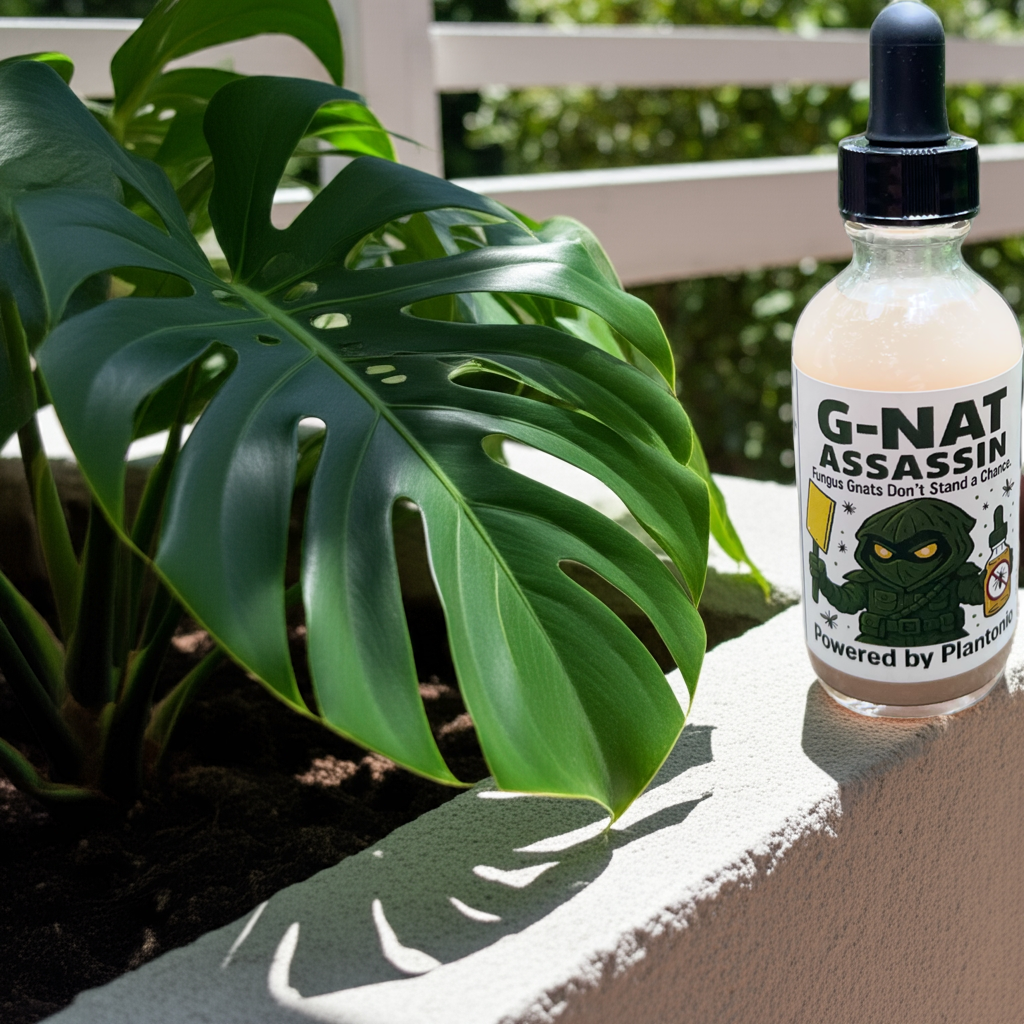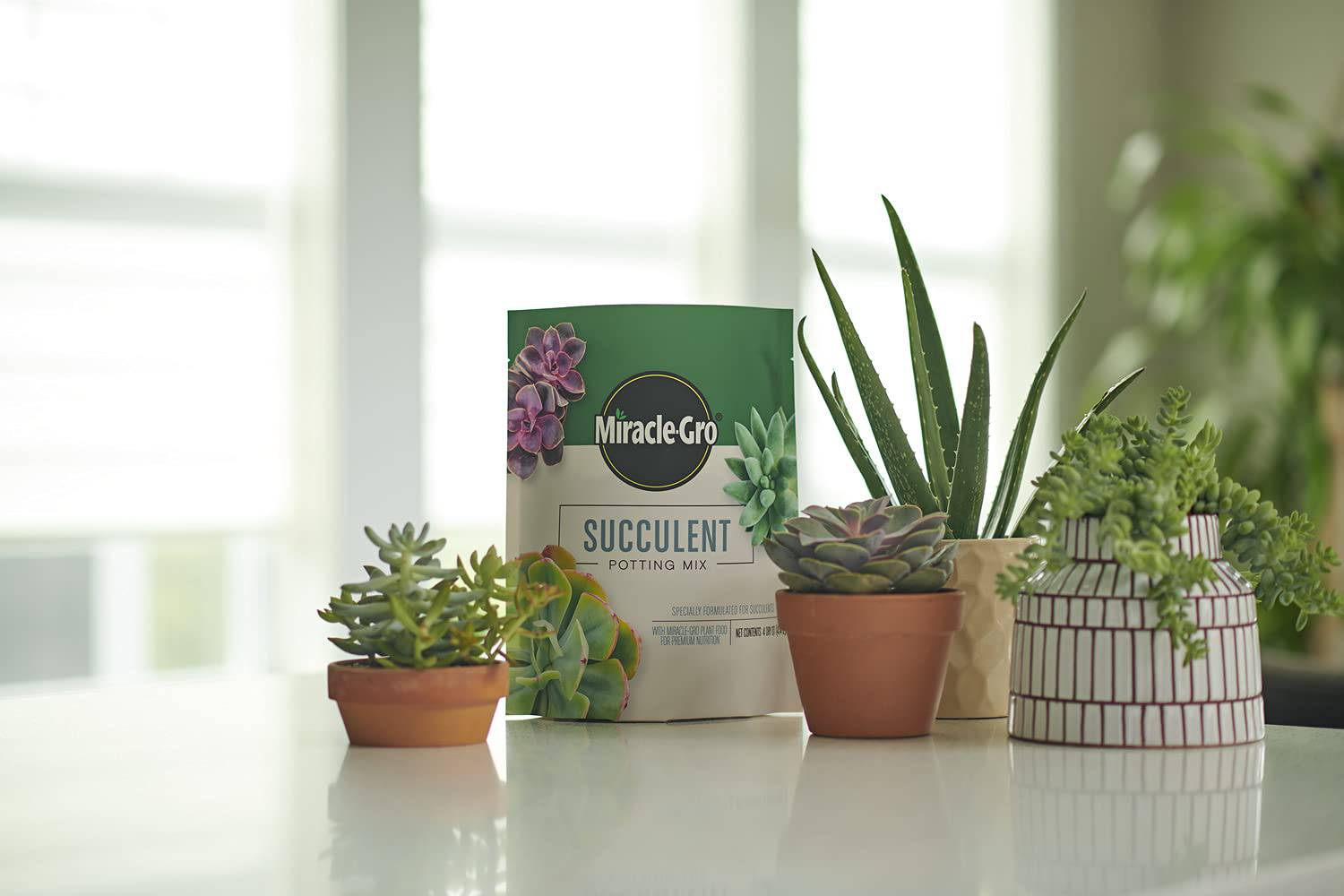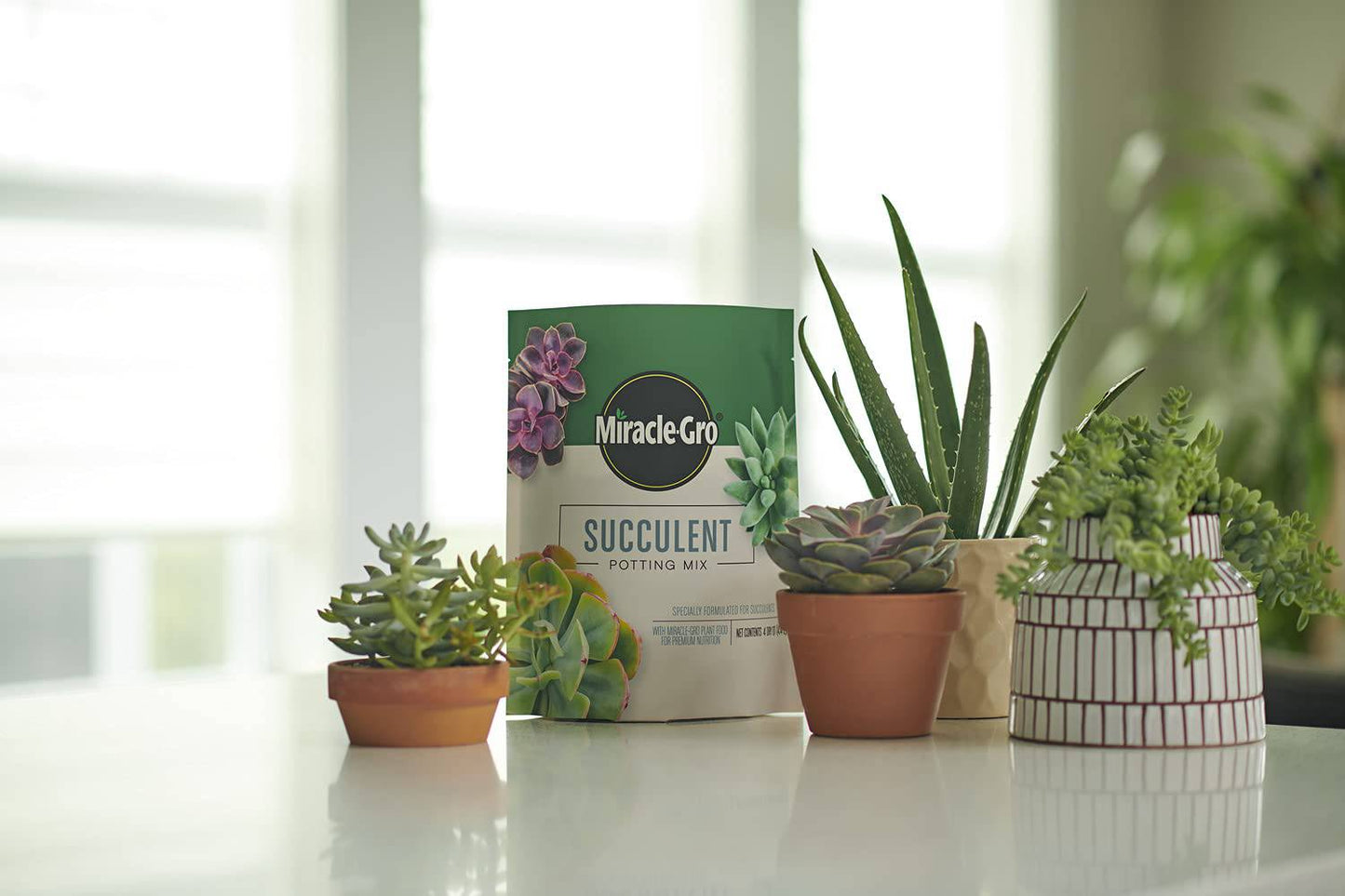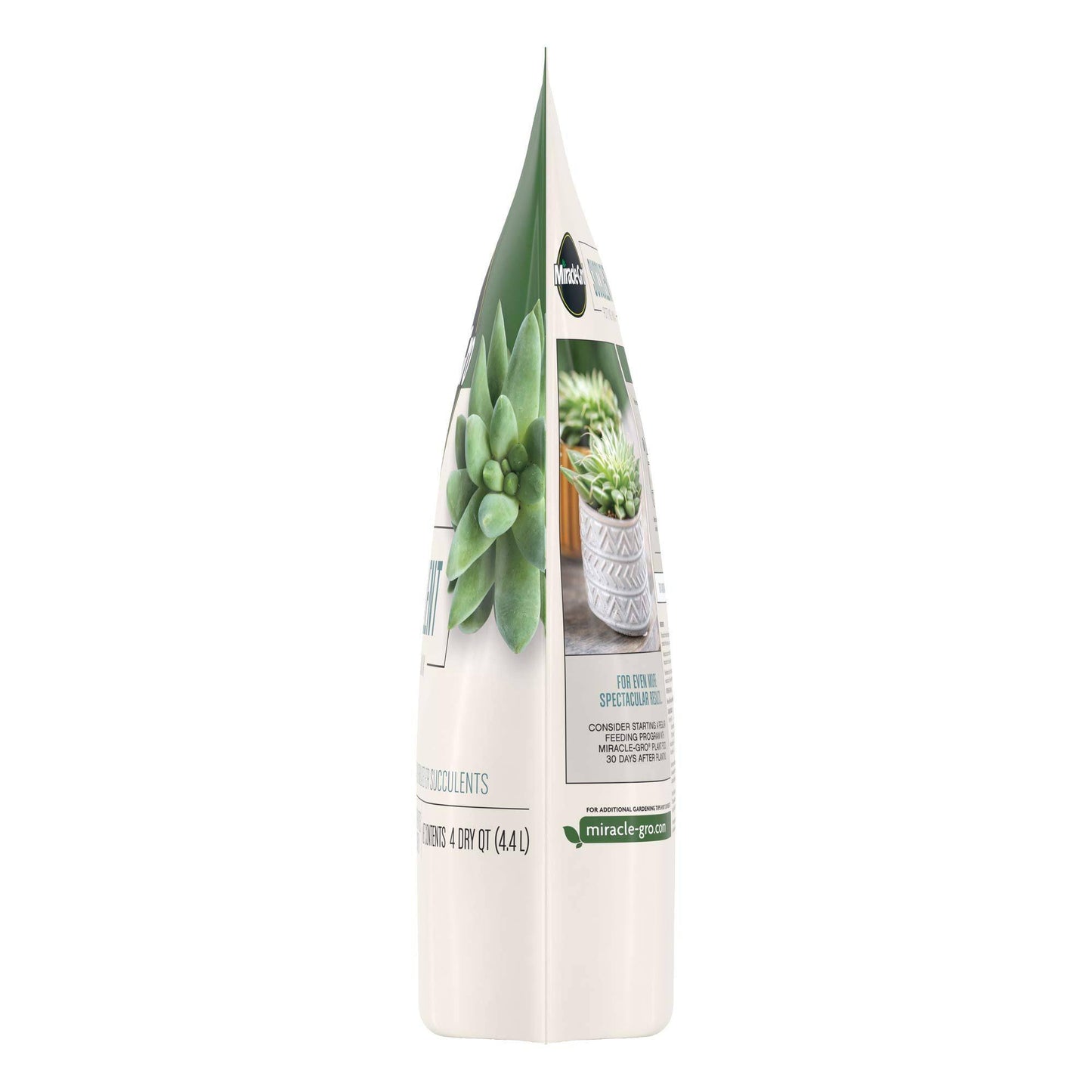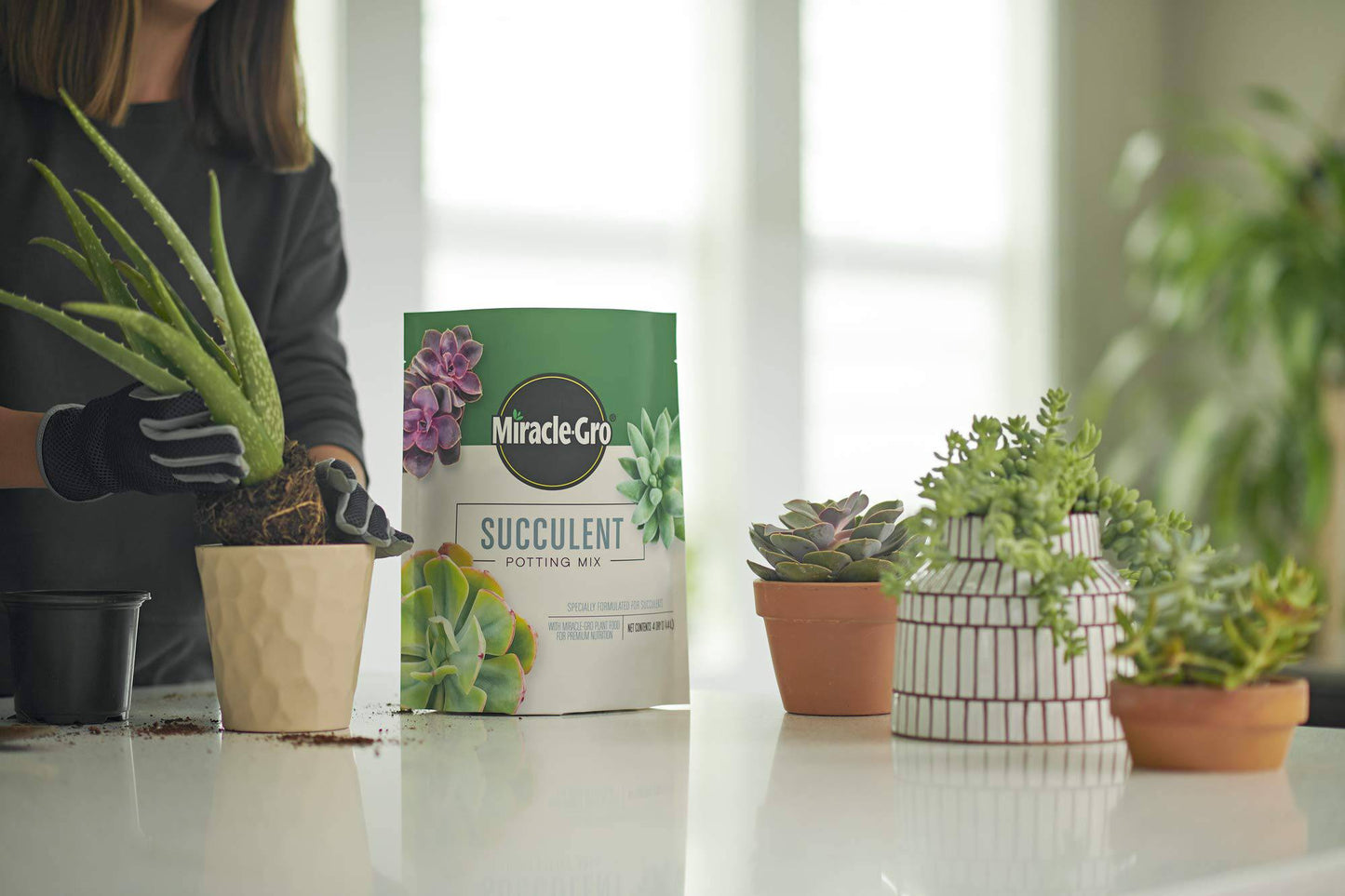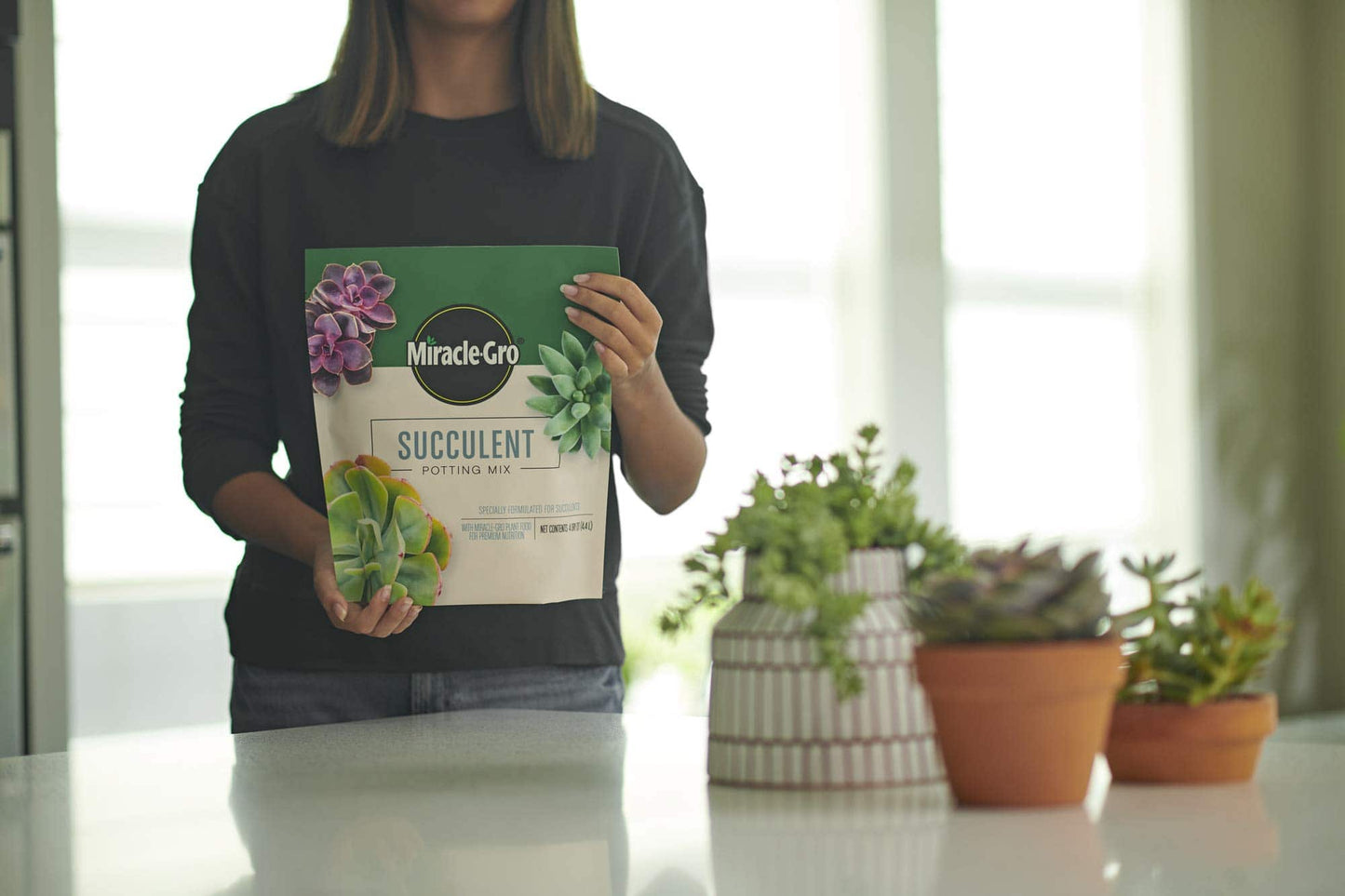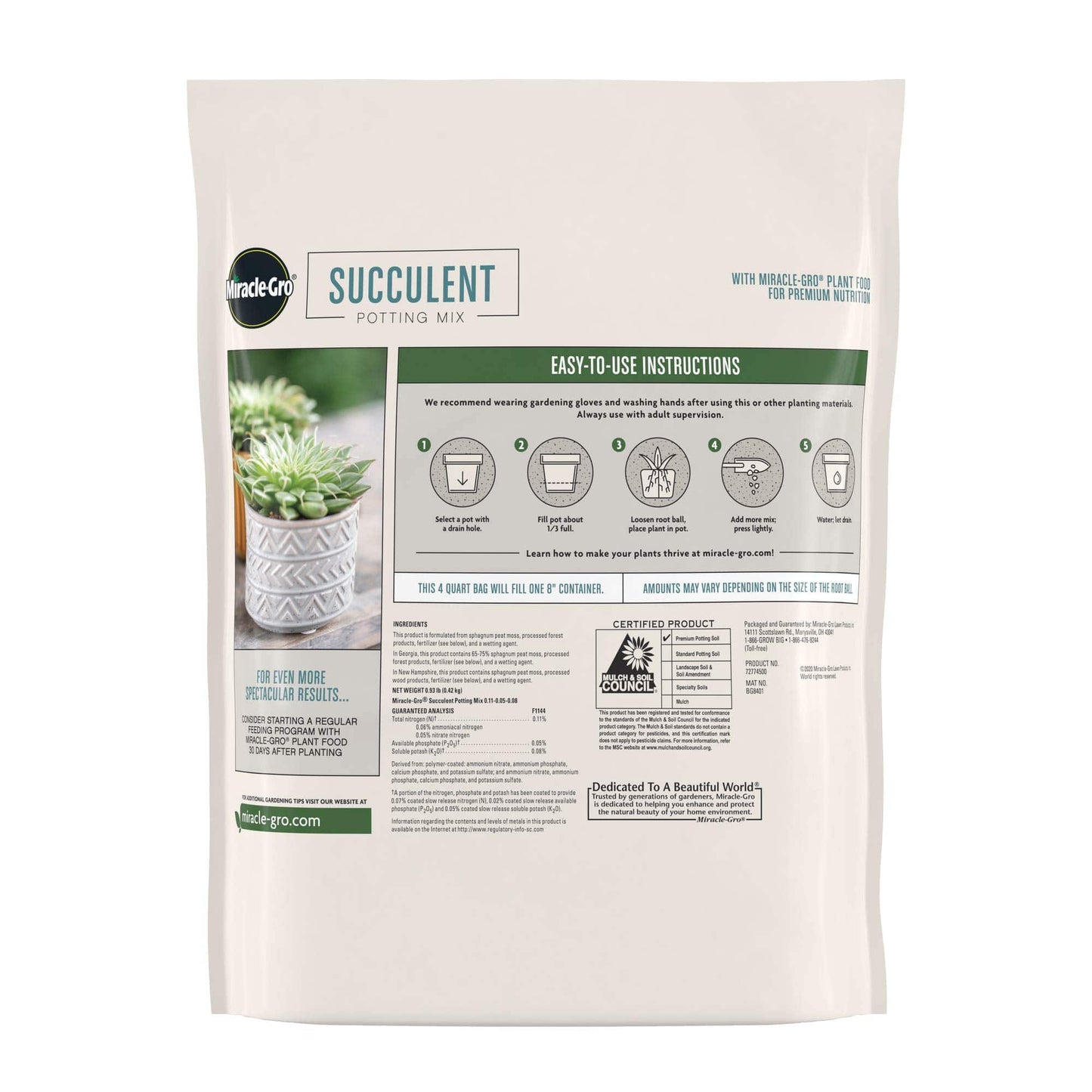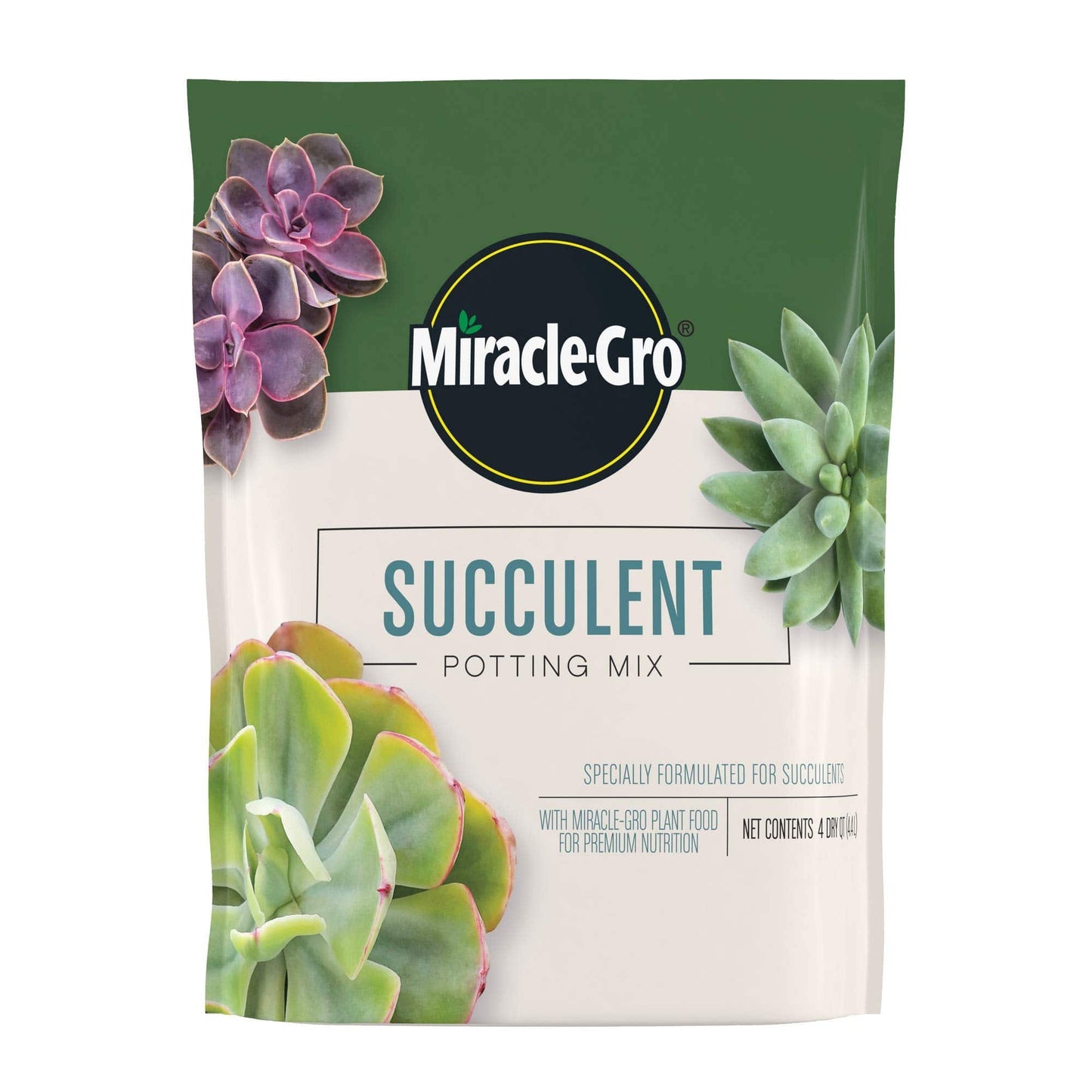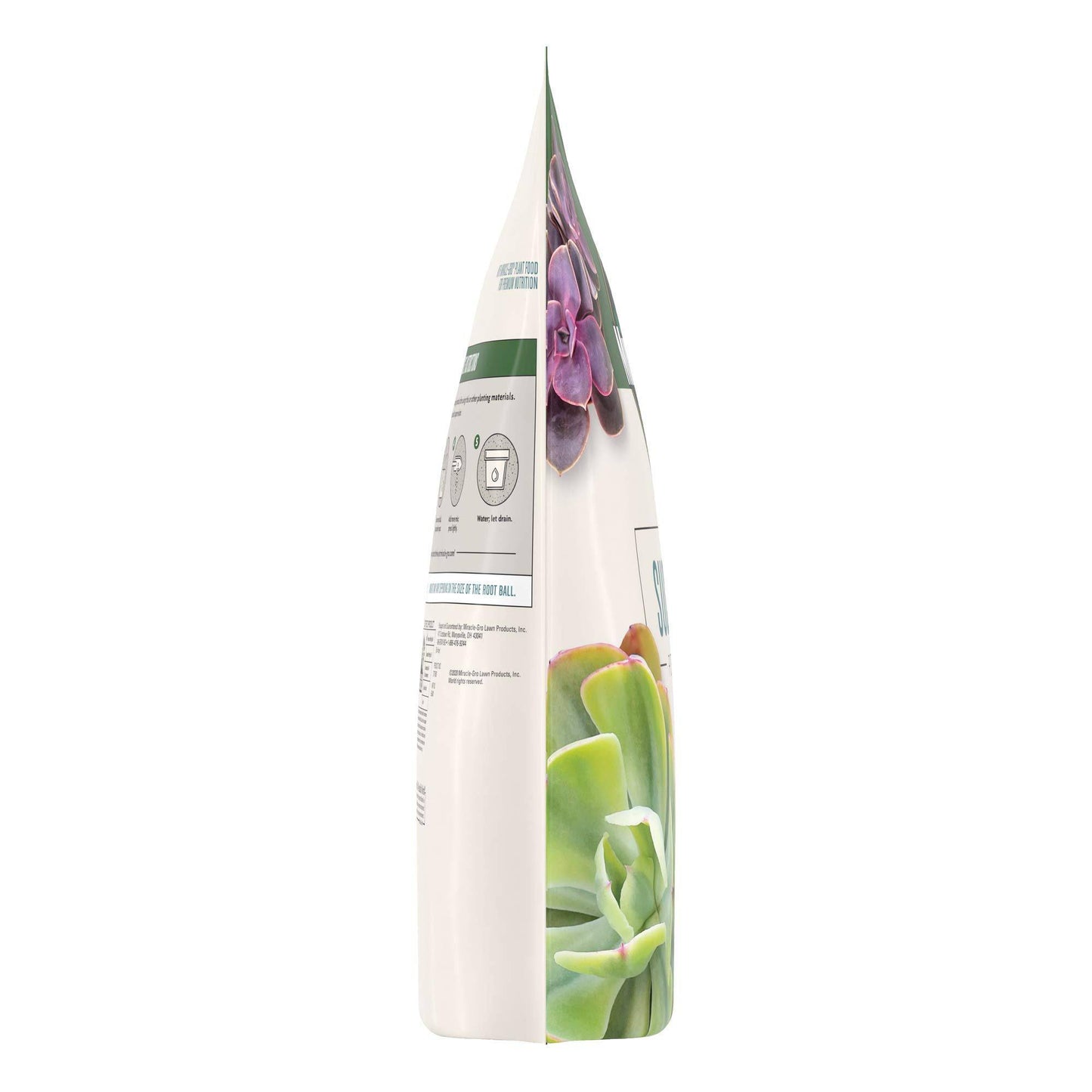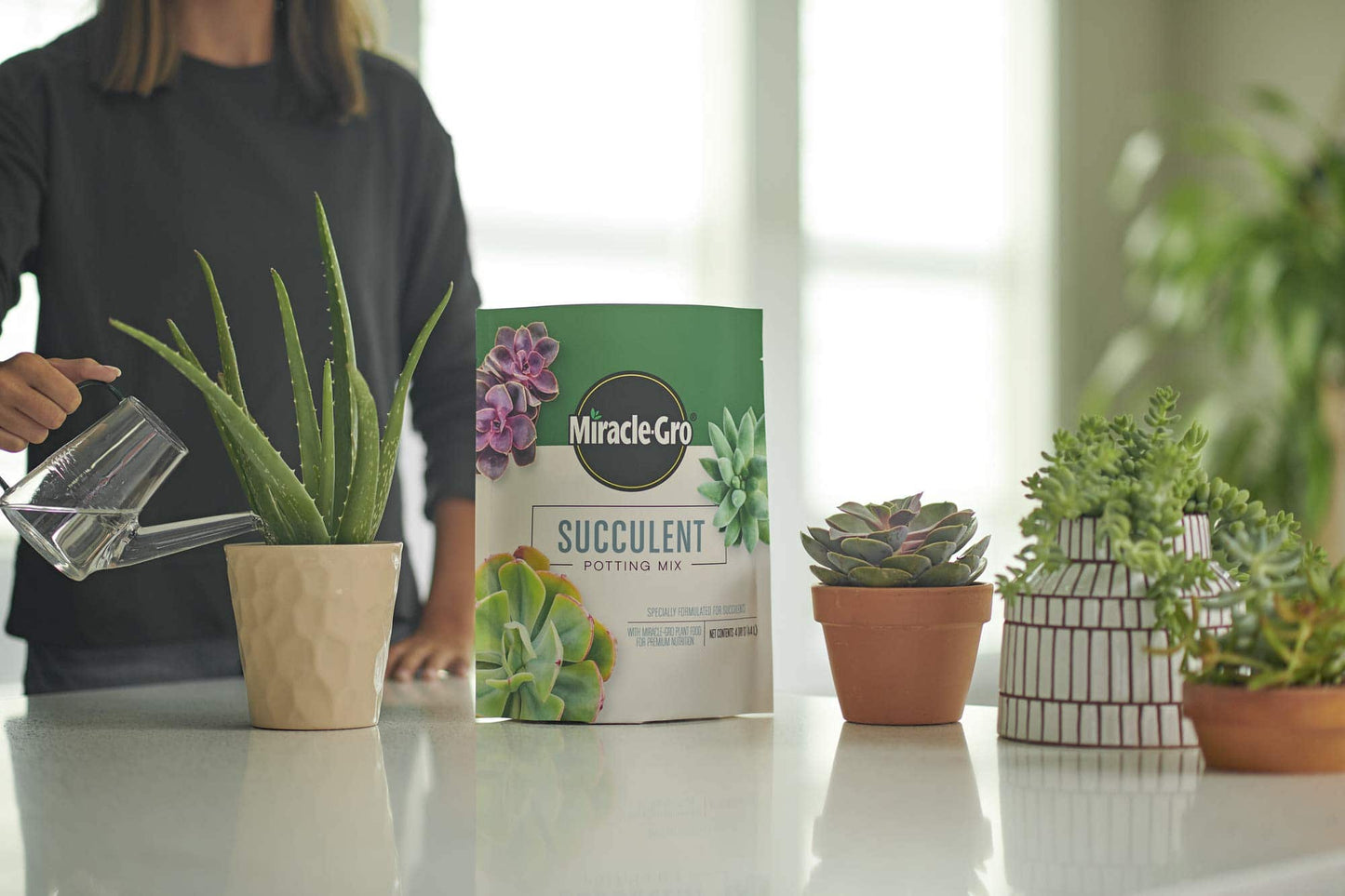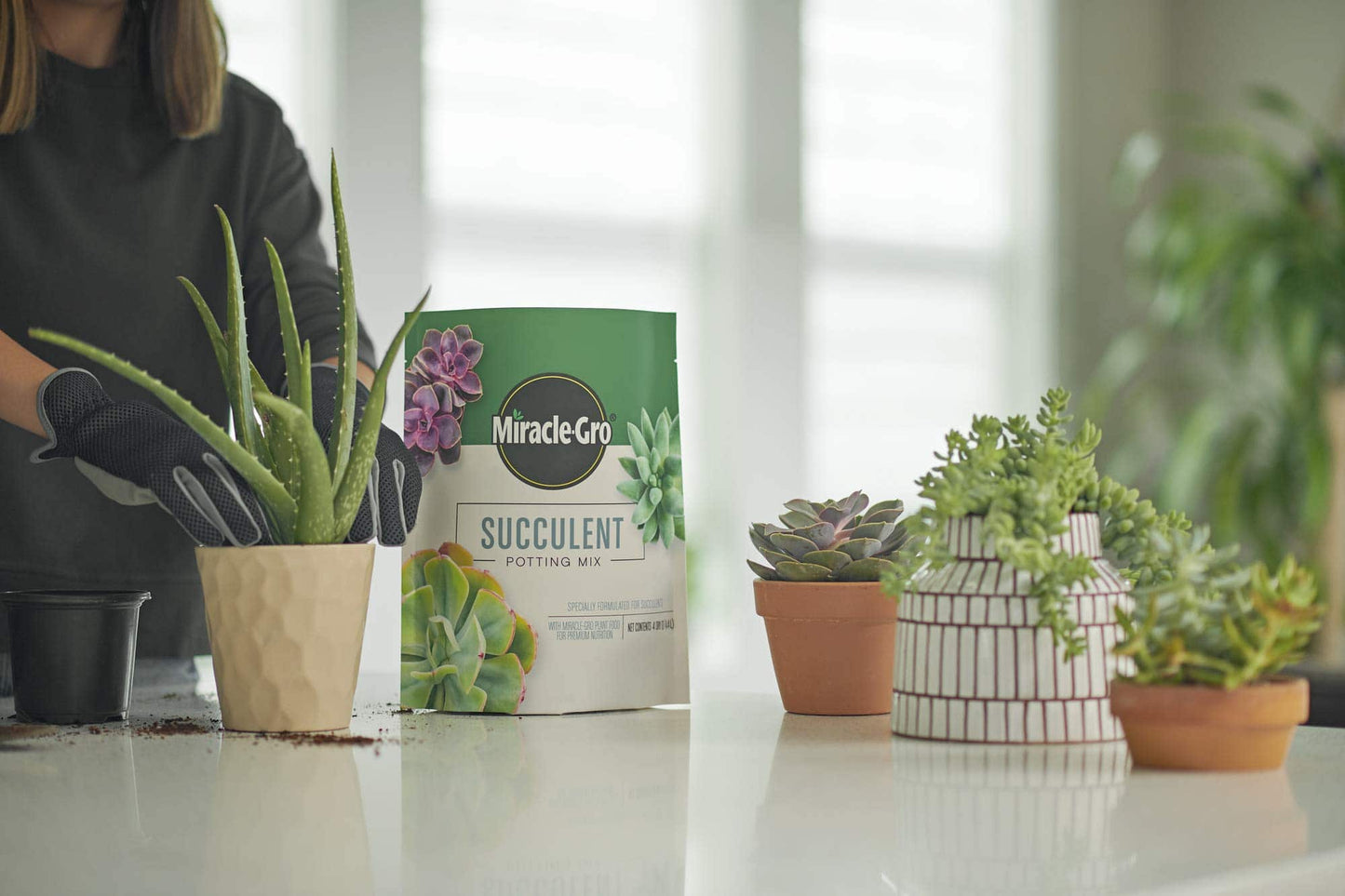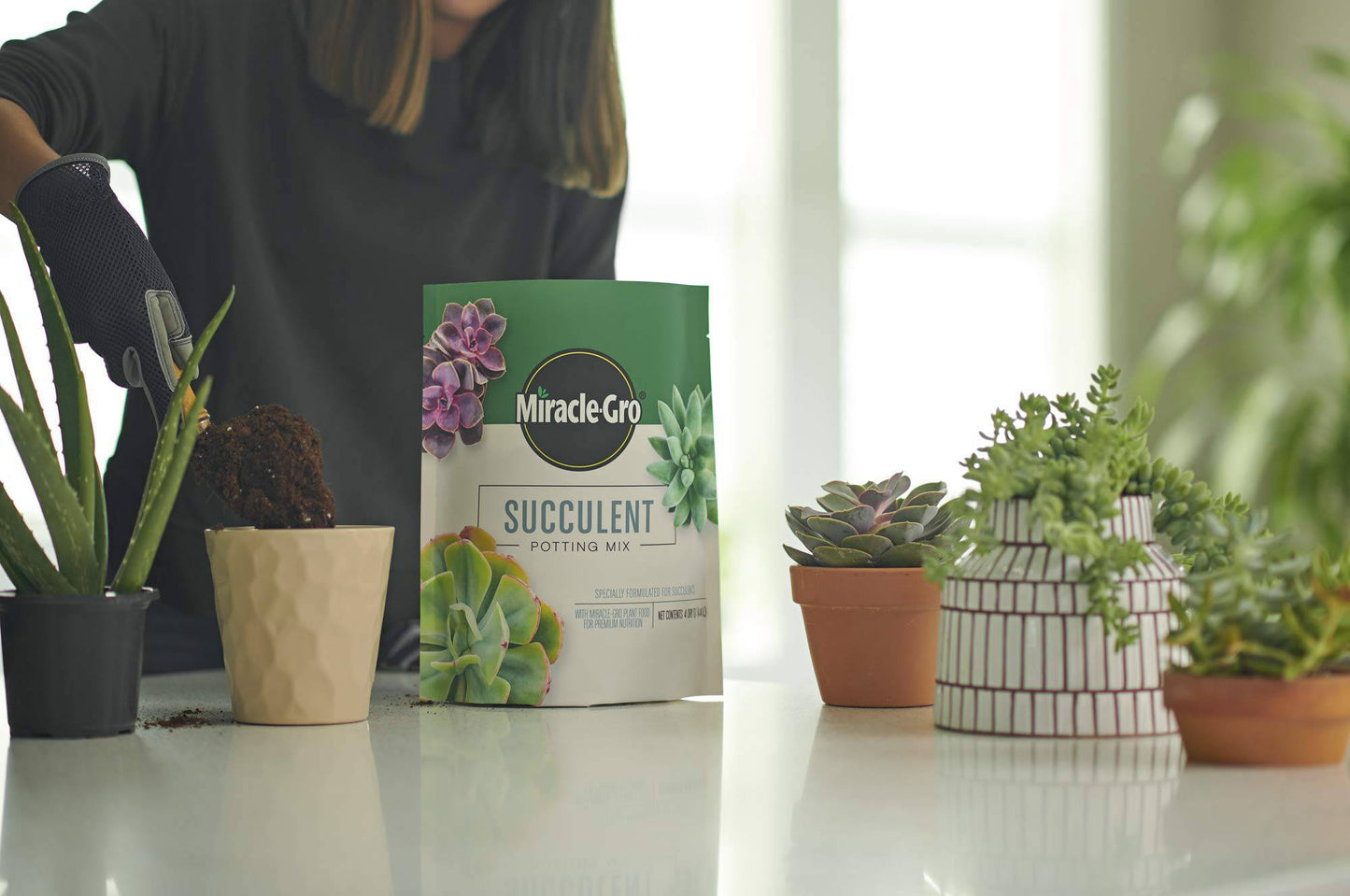The moment you decide it's time to give your indoor plants a new home, the prospect of repotting can bring a mixture of excitement and trepidation. The thought of nurturing your green companions in fresh soil and spacious containers is undoubtedly appealing, but the looming concern of creating a mess in the process can dampen your enthusiasm. However, fear not! Mastering the art of repotting indoor plants without making a mess is entirely achievable with the right techniques and mindset. Let's delve into the world of clean and efficient repotting to elevate your plant care experience and keep your living space pristine.
Essential Supplies for Mess-Free Repotting
Ensuring you have the right supplies before starting the repotting process can make a significant difference in keeping the task clean and efficient. Here are the essential items you'll need:
Potting Mix: Choose a high-quality potting mix appropriate for the specific indoor plant you're repotting. Different plants may require different soil compositions for optimal growth.
Pots: Select pots that provide adequate drainage holes to prevent waterlogging and root rot. The new pot should be slightly larger than the current one to accommodate the plant's growth.
Tools: Gather tools such as gardening gloves, a trowel or shovel for scooping soil, pruning shears for trimming roots if necessary, and a container for excess soil.
Protective Coverings: Consider using a drop cloth or old newspaper to catch any soil spills and make cleanup easier.
Watering Can: Have a watering can ready to moisten the new soil after the repotting is complete.
By having these supplies prepared and organized before you begin repotting your indoor plants, you can streamline the process and minimize the risk of creating a mess in your home.
Step-by-Step Guide to Repotting Indoor Plants Cleanly
Repotting indoor plants can be a messy endeavor if not done carefully. Follow these step-by-step instructions to ensure a clean and efficient repotting process:
Preparing the Workspace
Before you begin repotting your indoor plant, set up your workspace for success:
Lay down a protective covering, such as a tarp or newspapers, to catch any soil spills.
Ensure you have all the necessary supplies within reach to avoid unnecessary movement during the process.
Work in a well-lit area with ample space to maneuver the pots and tools.
Safely Removing the Plant
To avoid creating a mess while removing the plant from its current pot, follow these steps:
Gently loosen the soil around the edges of the pot to separate the roots from the container.
Carefully tilt the pot to the side and support the plant as you slide it out.
Be cautious not to break or damage delicate stems or leaves during the removal process.
Transferring to the New Pot
When transferring the plant to its new pot, keep these tips in mind:
Place a layer of fresh potting mix at the bottom of the new pot to support the plant's roots.
Position the plant in the center of the pot and add more soil around the sides, pressing gently to secure the plant in place.
Water the plant thoroughly after repotting to help settle the soil and hydrate the roots.
By following these steps carefully and methodically, you can successfully repot your indoor plants without leaving a mess behind. For further guidance on specific plant care techniques, you can refer to reputable sources like The Sill.
Tips and Tricks for Keeping It Clean
Maintaining a clean workspace and implementing smart practices can significantly reduce the mess created during the repotting process. Consider the following tips to ensure a tidy repotting session:
Use Barriers and Protective Coverings
Place a plastic sheet or old towel beneath your workspace to catch any soil spills.
Utilize a tray or shallow container to hold excess soil or water while repotting.
Create a barrier around your workspace using newspaper to contain any stray dirt.
Clean Up Spills Promptly
Have a handheld vacuum or small broom nearby to quickly clean up any soil that escapes during repotting.
Wipe down surfaces with a damp cloth to remove any dirt or moisture residue.
Dispose of any debris in a designated waste bin to prevent it from spreading.
Organize Your Repotting Process
Arrange your supplies in an orderly fashion to minimize the chances of knocking anything over.
Follow a systematic approach to repotting each plant to maintain a clean and efficient workflow.
Take breaks between repotting sessions to clean up any accumulated mess and reset your workspace.
By incorporating these tips into your repotting routine, you can successfully repot your indoor plants without leaving behind a chaotic mess. For additional insights on plant care and maintenance, consider exploring resources from trusted brands like The Home Depot.
Troubleshooting Common Repotting Challenges
Even with the best preparations, challenges may arise during the repotting process. Here are solutions to common issues you may encounter when repotting indoor plants cleanly:
Dealing with Root-Bound Plants
Gently tease out the roots if the plant is root-bound to encourage healthier growth.
Consider pruning the roots slightly to alleviate congestion and promote new root development.
Repot the plant into a larger container to provide ample space for root expansion.
Addressing Drainage Issues in New Pots
Ensure the new pot has sufficient drainage holes to prevent waterlogging and root rot.
Add a layer of gravel or small stones at the bottom of the pot to enhance drainage efficiency.
Monitor the plant's water intake post-repotting to avoid overwatering in pots with inadequate drainage.
Handling Delicate or Sensitive Plant Species
Employ extra caution when repotting delicate plants with fragile foliage or intricate root systems.
Consider using specialized tools like root hooks or soft brushes to handle sensitive plants gently.
Support the plant's structure during repotting to prevent damage to stems, leaves, or flowers.
By being prepared to troubleshoot these common repotting challenges, you can navigate potential obstacles with confidence and ensure a smooth and mess-free experience. For further guidance on plant care and troubleshooting, consult resources from reputable brands such as Burpee.
Maintaining Your Indoor Plants After Repotting
Once you've successfully repotted your indoor plants without creating a mess, it's essential to continue caring for them to support their growth and health. Follow these guidelines for post-repotting maintenance:
Watering and Fertilizing Newly Repotted Plants
Check the moisture levels in the soil regularly to ensure your plants are receiving adequate hydration.
Water your plants according to their specific needs, taking into account factors like plant type, size of the pot, and environmental conditions.
Consider fertilizing your plants with a balanced, gentle plant food to replenish nutrients lost during the repotting process.
Monitoring for Signs of Stress or Shock
Keep a close eye on your plants in the days and weeks following repotting for any signs of stress or shock, such as wilting or yellowing leaves.
Provide extra care and attention to plants that show signs of distress, adjusting watering and lighting as needed.
Be patient with your plants as they adapt to their new environment, allowing them time to recover from the repotting process.
Adjusting Care Routines for Plant Recovery
Adapt your plant care routines as needed to support your plants' recovery and acclimation to their new pots.
Consider rotating your plants periodically to ensure even growth and exposure to light.
Stay observant and responsive to any changes in your plants' appearance or behavior, making adjustments to your care practices accordingly.
By consistently tending to your indoor plants after repotting, you can help them thrive and flourish in their new containers. For additional insights on plant maintenance and care, explore resources from respected brands like Costa Farms.
Conclusion: Mastering the Art of Mess-Free Repotting
Successfully repotting indoor plants without creating a mess is not only achievable but essential for maintaining a clean and harmonious living space. By following the steps outlined in this guide and implementing smart practices, you can elevate your indoor gardening experience and ensure the well-being of your beloved plants. Remember, preparation, patience, and attention to detail are key elements in mastering the art of mess-free repotting.
As you embark on your repotting journey, keep in mind the importance of providing your plants with a conducive environment for growth and vitality. By prioritizing cleanliness and organization in your repotting process, you'll not only minimize mess but also set the stage for healthy plant development and resilience.
For more plant care tips and inspiration, consider exploring the wealth of resources available from leading companies in the indoor gardening industry, such as Bloomscape. Embrace the rewarding experience of caring for your indoor plants and revel in the beauty they bring to your home. Happy repotting!
FAQs on Repotting Indoor Plants Without Making a Mess
Can I reuse the old soil when repotting my indoor plants?
While it is possible to reuse old soil when repotting indoor plants, it's generally recommended to refresh the soil with new potting mix to provide essential nutrients and optimal drainage for your plants' growth.
How can I prevent soil spills when transferring plants to a new pot?
To minimize soil spills during the repotting process, consider using a funnel or rolled-up paper to guide the soil into the new pot. Tilt the plant gently as you transition it to the new container, ensuring a steady and controlled transfer.
What should I do if I accidentally over-water after repotting my plants?
If you accidentally over-water your plants after repotting, carefully assess the moisture levels in the soil and allow it to dry out slightly before watering again. Ensure proper drainage in the pot to prevent waterlogged conditions that may harm your plants.
Is it normal for plants to experience some wilting after being repotted?
It's not uncommon for plants to show signs of wilting or stress after being repotted as they adjust to their new environment. Monitor the plants closely, adjust watering as needed, and provide adequate light and care to support their recovery.
How often should I repot my indoor plants to maintain their health?
The frequency of repotting indoor plants depends on various factors such as plant species, root growth, and pot size. As a general guideline, consider repotting plants every 1-2 years or when you notice roots becoming overcrowded or outgrowing the pot.


